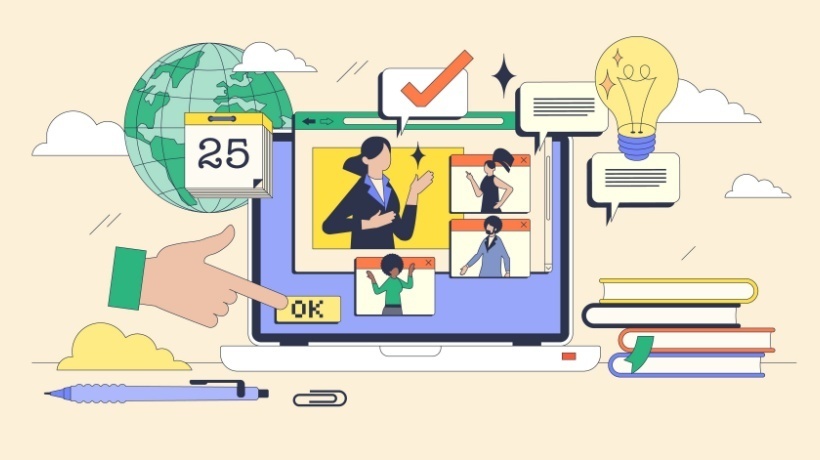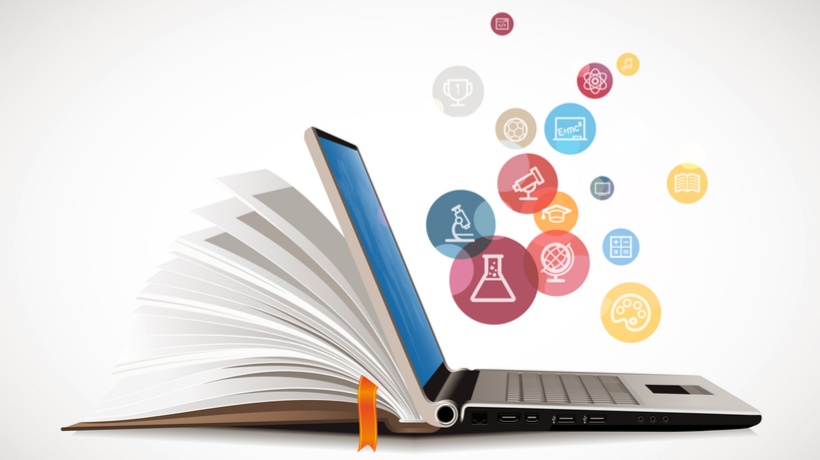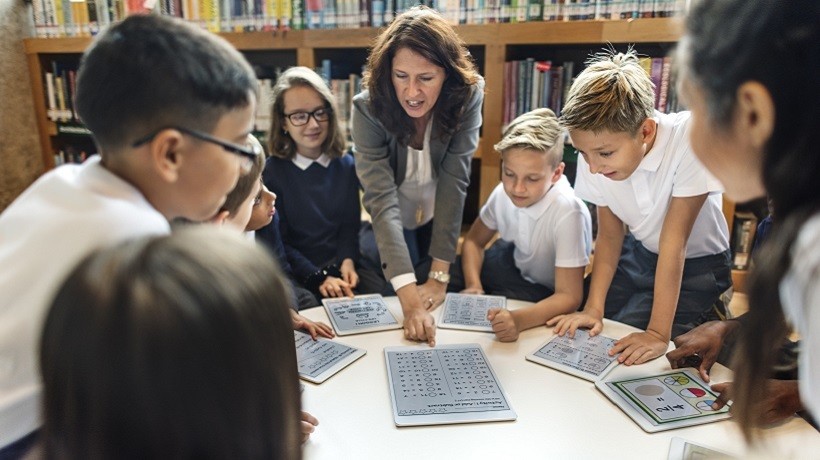How Digital Education Is Transforming Teaching Methods
Schools are slowly looking at technology as an opportunity to develop teaching methods and resonate with students on a technology level. Regardless of age, almost everyone owns a smartphone. Google is our library, and Wikipedia is our encyclopedia. Thesaurus is our dictionary, and Kindle is our textbook. At a time like this, learning to change our teaching methods by incorporating technology is the only way to bring light to the lives of our students. What are schools doing in order to bring about this change?
1. Smart Class
Teaching with a whiteboard, chalk, and markers are now a thing of the past, and teachers have shifted to making use of projectors, VCD, DVD players and eLearning system to display tutorial videos and short sessions online to help understand that learning can be fun too. Many schools now come with a TV or a projector attached to their whiteboard where it is easy to shift from a normal classroom session to an interactive digital session. This can make students pay more attention as we are now in the digital era where Google is our go-to place.
2. Being Digitally Updated
In a tech-savvy world, education can become easily outdated, as there is always something new happening. Equipping students to be updated with news and other subject-related topics is the best way to teach students to grow as a person. Students spend most of their time on their laptops, their phones, and their iPads. Knowing what sources students can refer to, online, and knowing which websites offer the best information can be a great way to guide students.
3. Converting Books To PDFs
Books are now taken to Kindle and other Tabs. Sending them notes, references, and other information in PDF formats that can be easily accessed on laptops, phones, and tabs is a good way to encourage students to choose to study better.
4. Encouraging Online Tests
Training students on subjects by conducting fun online tests from time to time can create a good learning environment for them. Students can be given online quizzes and assessments that they can take from home, replacing general homework that they find excuses for.
5. Conducting Online Webinars
How attentive are students when there is only a one-way communication with the teacher standing in front of a whiteboard? We find the classroom becoming noisy or students becoming easily disinterested in the topic. Conducting online seminars and webinars, enabling all students to engage in commenting and participating in questionnaires can help them stay alert. Keeping students interested throughout a lecture is an art and a talent that teachers need to have, to benefit from the entire teaching-learning process. It is very vital that students engage in seminars and the lectures involve two-way communication.
6. Supporting Online Research
Similar to how a teacher is well prepared for a classroom session, encouraging students to be prepared too, can drive students to be excited about taking up classes. Online research is trending and people find exciting careers in Market Research and more. Asking students to find something online that is difficult to find or encouraging online research by giving them a list of things to find before the next class is a good way to keep students looking forward to more classes. It really does feel like a great achievement knowing you’ve found something that no other student could find. Giving them rewards or appreciating their online findings can encourage students to make the best use of the digital resources they have.
7. Creating Communities
The interaction between a teacher and a student does not have to end at school, in a classroom. An online community is where a group or a team stay connected online, submitting projects, discussing topics or expressing ideas. Teachers can set a platform for students to communicate their ideas, suggestions and subject-related queries, for them to solve any time. Being open to online activities like these keep students more focused even outside of school, without realizing the fact that the learning process continues even after classes are done.
Summary
Textbooks, homework, classroom notebooks, whiteboard, chalk, and markers are now history. Smartboards are introduced where teachers can drag and drop shapes, bring in online calculators on the board, measure with AR tools and voice out the text they want to see on the board. How practical is it to be disconnected from the digital world when students are way faster in terms of technology? Schools are now offering to provide free tablets and Kindle-like tabs for students to take notes in. It is time to collaborate teaching methodology with technology and make classroom sessions more lively and interesting!







